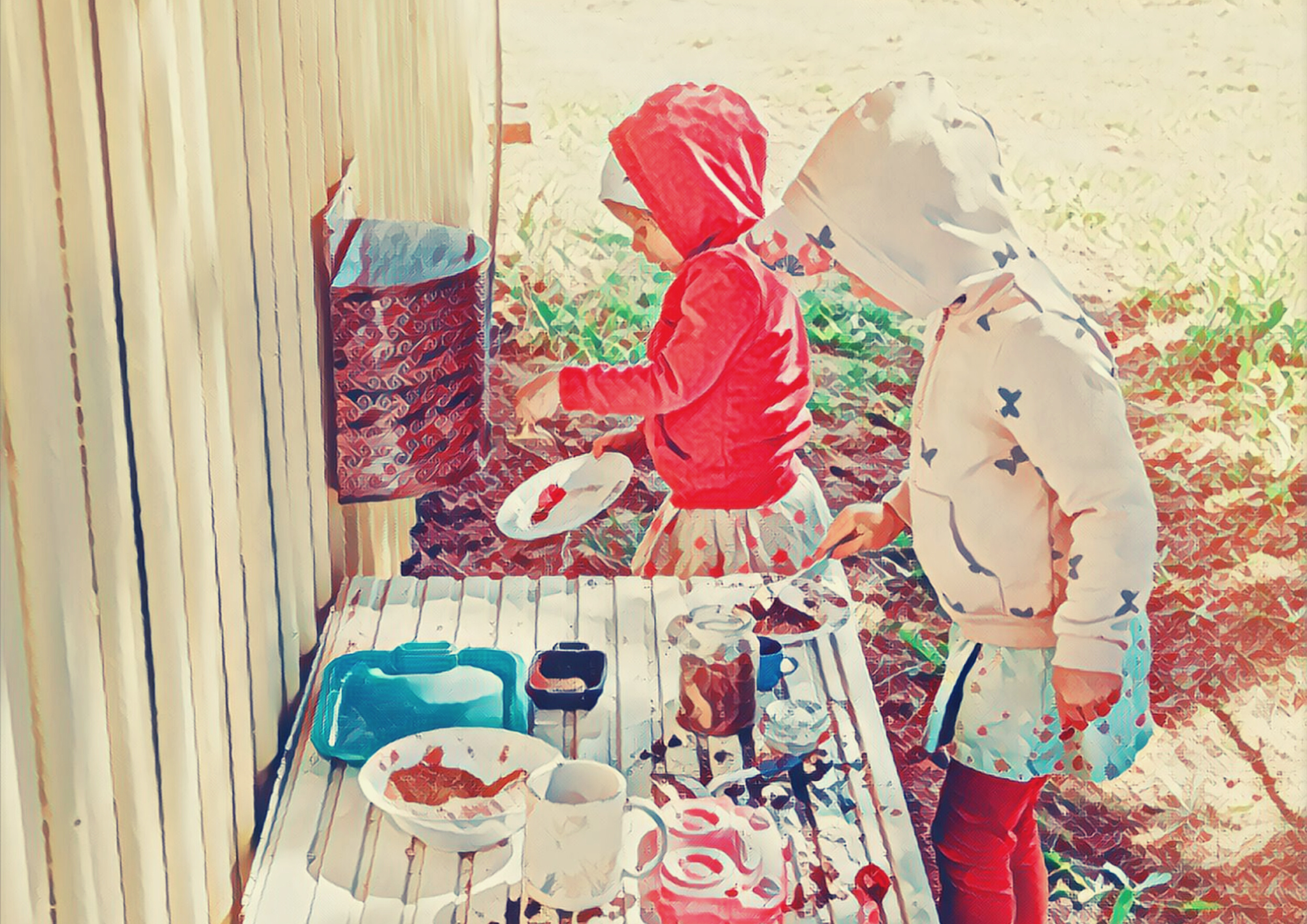7 Children with Nature: Inclusion and Accessibility

“The environment is where we all meet; where all have a mutual interest; it is the one thing all of us share.”
-Lady Bird Johnson
Brief Overview
Outdoor and nature play are beneficial to all children and can be particularly beneficial for children with disabilities because of the increased opportunities for freedom, responsiveness and flexibility.
At the same time, children with disabilities are largely left out of dominant discourse around outdoor and nature play, and the experiences of children with disabilities and their families in outdoor play spaces remain grossly under researched.
Addressing both the physical and social barriers to accessibility and inclusion is key to ensuring all children are able to participate and experience the many benefits of playing, learning, and connecting with the natural world. However, it is also necessary to understand how dominant deficit-based views of disability are internalized by children and their families, and that this impacts feelings about outdoor/nature play long before these spaces are entered (Horton, 2017).
Working to ensure all children and their families feel safe, supported, heard, and understood is a key element to designing a truly inclusive outdoor play space and this starts with centering accessibility and inclusion in outdoor and nature play discourse and your nature pedagogy from the very start.
Key Takeaways
Read through the descriptions provided on these slides and take a moment to consider the physical/social barriers that may be present in the outdoor spaces. On slides 1 and 3, read the story and drag and drop the barrier labels in their appropriate places. On slide 5, drag and drop the term with it’s appropriate definition.
Additional Resource
First Voice Perspective- Accessibility, Disability and Risky Play in the Outdoors
Listen to this interview with Amanda St. Dennis, a disability and accessibility advocate with disabilities, discussing disability & risk-taking in outdoor/nature play on The Child and Nature Alliance Podcast.
Reflect
Inclusion & Accessibility in Forest Schools
Many forest schools around the world are now adopting Equity, Inclusion, and Diversity Policies. Have a look at this policy from the Forest School Association UK.
- Do you think policies like this are meaningful? Why or why not?
Experience
Do some of your own research!
Is there an accessible outdoor/nature play space in your community? If so,
- What makes this space accessible?
- How is accessibility discussed and framed?
- In your opinion, does it support inclusion and all children connecting with nature?
If you can, visit the space yourself and pay attention to who is using the space as well as potential barriers.
References
Horton, J., (2017). Disabilities, urban natures and children’s outdoor play. Social & Cultural Geography, 18(8), 1152-1174.
Park N Play Design. (2020. February). The Seven Principles of Inclusive Design. Park N Play Inc.

